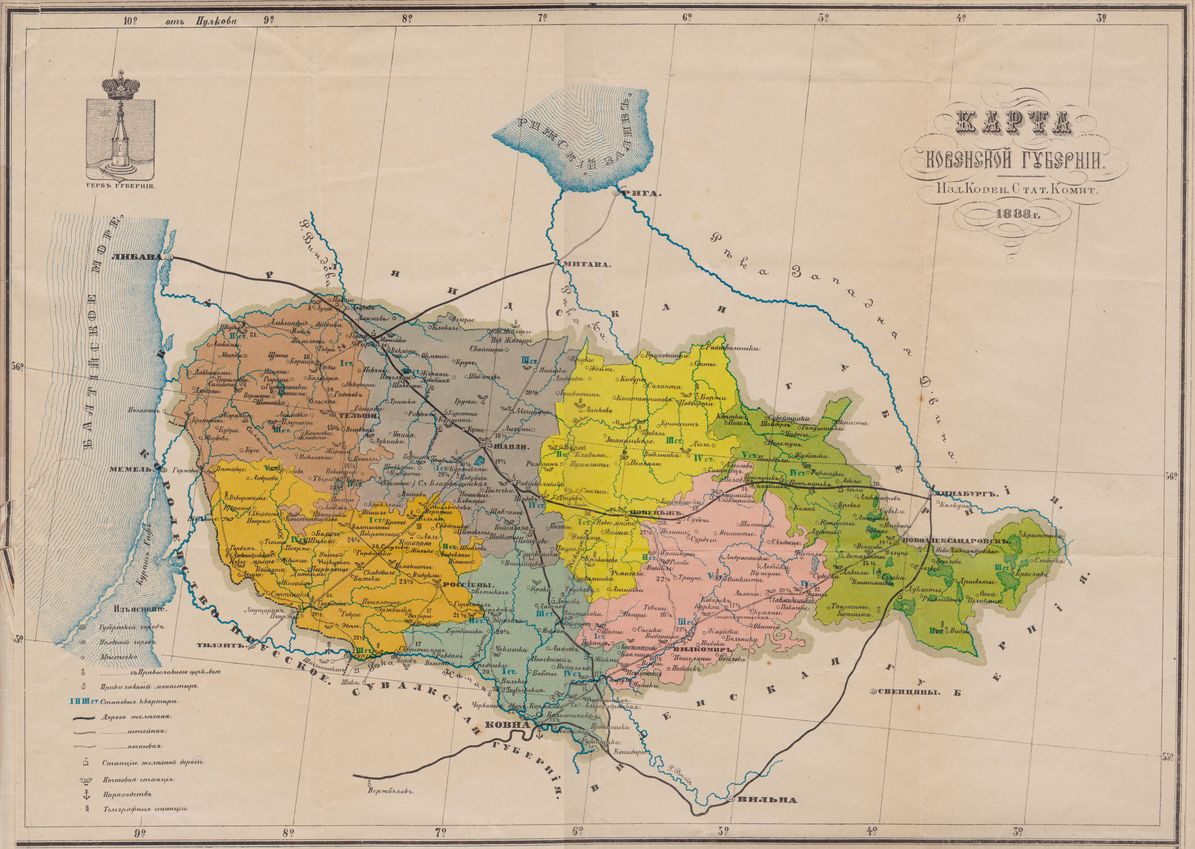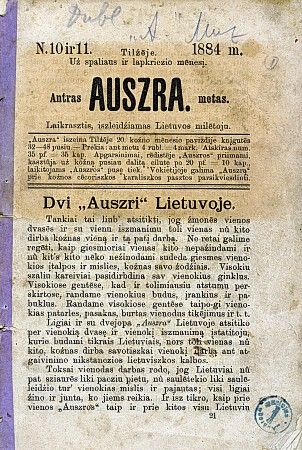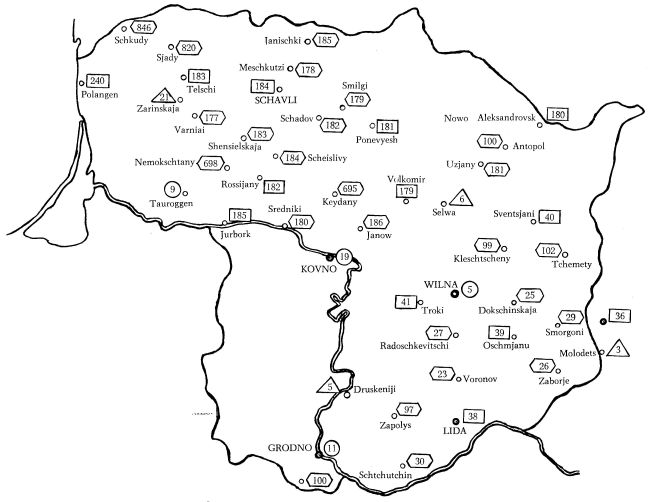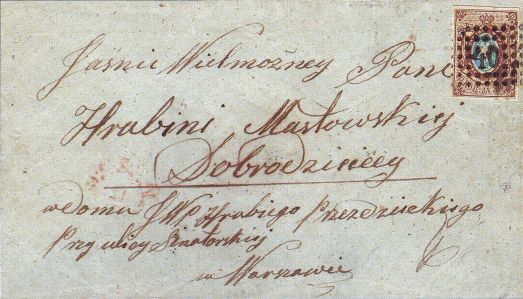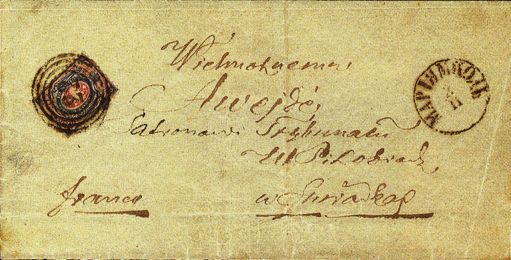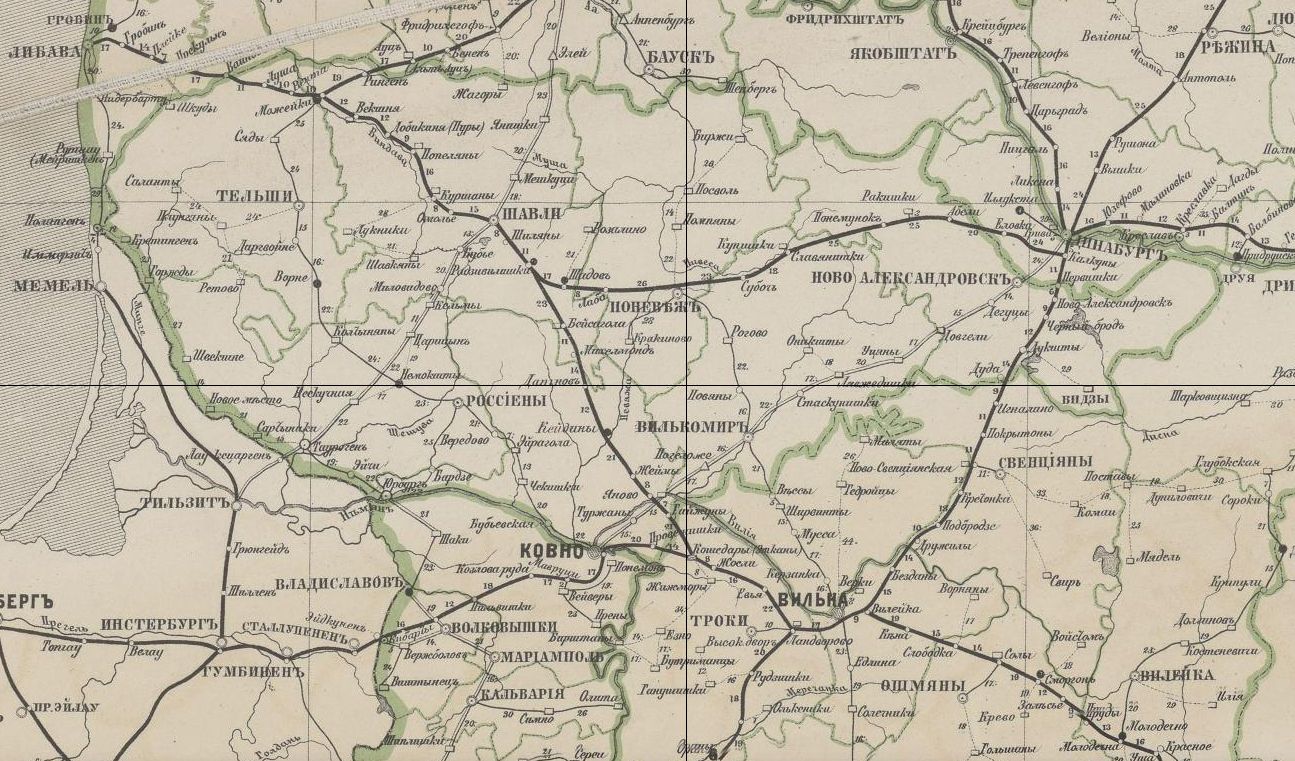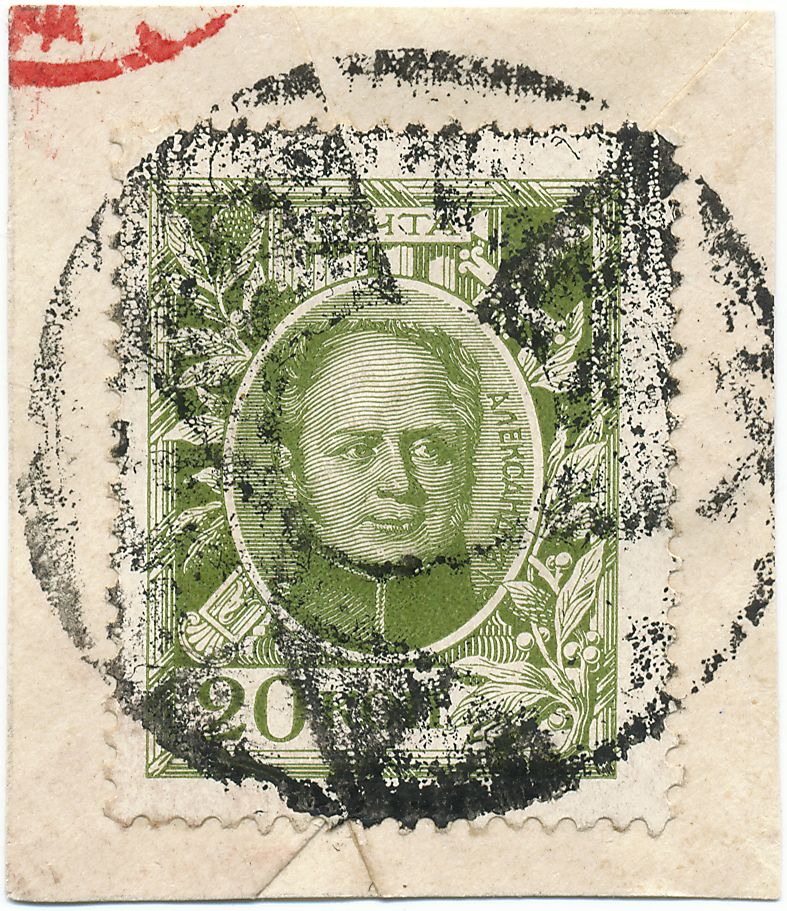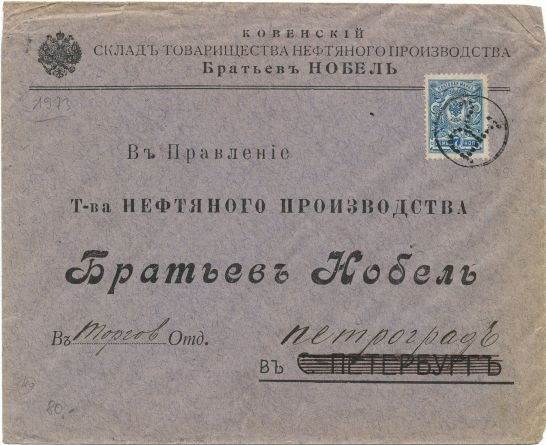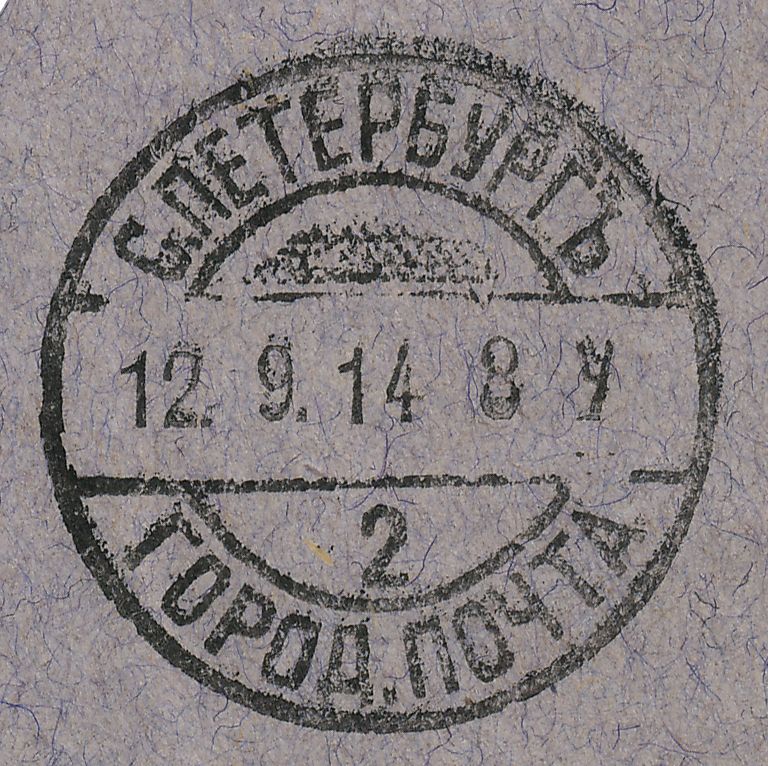Lithuania
-
Royal Polish Post
-
Imperial Russian Post
Unlike Estonia, Livonia and Courland, which had already been incorporated into the Tsarist Empire as "Russian Baltic provinces" in 1710, Lithuania had only come under Russian rule after the Polish partitions in 1772, 1793 and 1795.
It did not have the special position in the Russian Empire that the more northern provinces enjoyed. These were shaped by Protestantism and Germanism as a result of the centuries-long rule of the German-Baltic nobility, whereas the Lithuanian region was Catholic and dominated by Polish nobles and large landowners. For this reason, it did not belong to the Baltic States until 1918; only afterwards the country was included under this term due to the similar fate after the First World War to Estonia and Latvia.
As a result of the partitions of Poland, the entire area inhabited by Lithuanians had come under Russian rule. Indications of the former independence disappeared: The area was divided into the governorates of Kovno, Vilnius, Suwalki and Grodno.
From 1860 onwards, an intensified Russification policy set in, including the suppression of the Lithuanian language, a ban on Lithuanian printed matter and economic discrimination against the native population. The result was a massive emigration movement - Lithuanian colonies in the USA, Canada and Australia still bear witness to this today.
A lively underground movement to preserve Lithuanian identity began in the country, which ultimately led to the Declaration of Independence on February 16, 1918.
The underground magazine "Auszra" ("Dawn"), authoritative organ of the exile Lithuanians. Source: Bechstedt, Martin 2011: Litauen. Handbook of Stamps of the Independent State 1918-1940/41. Part 2: The Stamps of the Litas Currency 1922-1940/41. p. 241.
Postal system
In 1795, when almost the entire Lithuanian settlement area came under Russian rule, state postal facilities had already existed in the Russian Empire for decades. In 1720, an "orderly postal service" had been decreed by imperial ukase and courier services for parcels and documents had been established, from 1781 even with money transfer.
The first Russian postmark dates from 1765 in St. Petersburg. From around 1820, the postal network was rapidly expanded by stagecoach.

Postal stations and lines on the territory of Lithuania, 1812 (governorate borders in red, today's Lithuanian border in thick black line).
Source: Bubnys, Vygintas & Normantiėne, Julija 2014: Lietuvoje iki 1918 metu. 1 Knyga. p.28.From 1858 onwards, the stamps were cancelled with pen strokes first, then with dot number stamps, and finally with date stamps.
The dot number stamps differed in characteristic shapes: Governorate post offices circular, railway station post offices on the main lines hexagonal, border post offices oval, district post offices square, post offices in smaller towns, patches and villages with full postal service hexagonal, small post stations with limited service triangular with capped corners.

Sample types of point number postmarks (postal station 0 did not exist)
Source: BALTIKUM-SAMMLER No. 129. July 1970. p. 3.A detailed presentation of the point number stamps with types, numerals and postal locations can be found in Evert Weijman: De puntstempels in het Baltische Gebied. In: Het Baltische Gebied Nr. 70 (2017) pp. 25-31.
The following point numbers are known for the Lithuanian area:
Since a small part of the Lithuanian settlement area was in the Kingdom of Poland, a postmark from this area on the Poland Michel No. 1 stamp is a special feature. The most frequent cancellations are from the border town of Kybartai.
Postal stationery, i.e. envelopes and later cards with imprinted stamps, had already been introduced in Russia in 1848. They played an important role in postal traffic even after the introduction of stamps in 1858. They often bear clearly legible cancellations so that the postal route can be easily reconstructed.
Rail Mail
The expansion of the railways developed rapidly, accelerating the transport of mail.
The Russian Imperial Post and the Rail Mail were separate organisations in the 19th century. Railway post offices and travelling post offices nevertheless processed letters and cards from the Imperial Post, which were dispatched during the train journey and stamped with special oval railway postmarks.
Rail mail thus represents a separate collecting field with interesting postmarks.
Between 1870 and 1904, the broad-gauge lines, which were important throughout the empire, were built and put into operation, before the narrow-gauge lines, which were only of regional importance, were started between 1896 and 1903. A characteristic feature of both was that they were initially planned, built and operated largely with private capital, before at least the broad-gauge lines were nationalised later on.
World War One 1914–1915
The beginning of the First World War in 1914 brought great changes for the entire Baltic region. There were also far-reaching effects in the postal sector: Censorship measures of all kinds made civilian postal traffic more difficult, and field post and prisoner-of-war mail created an extensive new field of activity for the Russian postal service until the area that later became the Republic of Lithuania came under German occupation in 1915.
In the beginning, the Russian post office tried to disguise the place of departure of a message by means of so-called " mute cancels". They improvised randomly, carving shapes out of cork, wood, rubber and other materials. This measure quickly proved unsuccessful when the sender openly added his place of residence or a company letter contained oversized address information. This is why the mute cancels did not last long.
While Russian troops initially advanced west into German territory towards East Prussia at the beginning of August 1914, the German 8th Army succeeded in crushing the Russian forces in the Battle of Tannenberg at the end of the month. The advance of German forces in the course of 1915 led relatively quickly to the occupation of Lithuanian territory, which reached its provisional conclusion with the capture of Vilnius/Vilna without a fight on September 18, 1915.
The territory occupied by German troops was established as a militarily administered "Area of the Commander-in-Chief East" (abbreviated to "Ob. Ost") and was administratively reorganised several times. The activities of the tsarist postal service came to an end. Its task was taken over by the German postal administration of the "Ob. Ost" area.
German Occupation / Ob. Ost
Independent Republic of Lithuania
Central Lithuania
Memel Area / Klaipėda
Soviet Occupation
German Occupation / Ostland
Camp Mail / Lithuanians in Exile
Independent Republic of Lithuania (restored)
Private Mail in Lithuania




